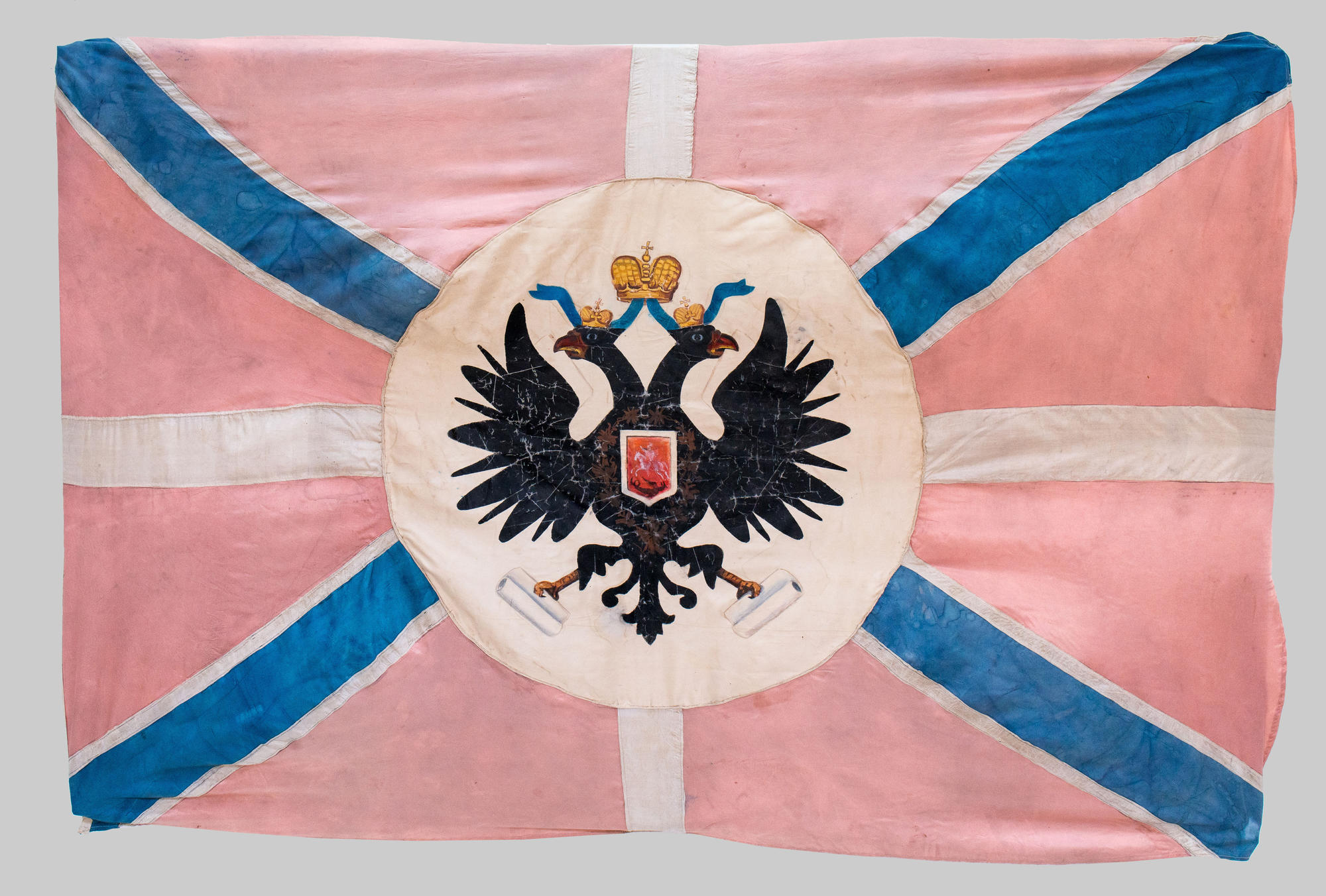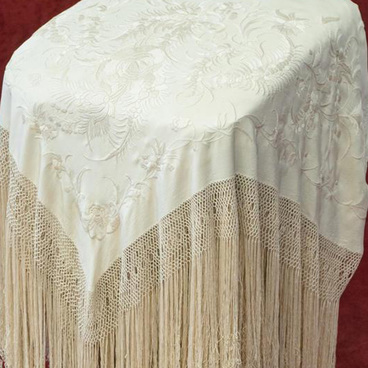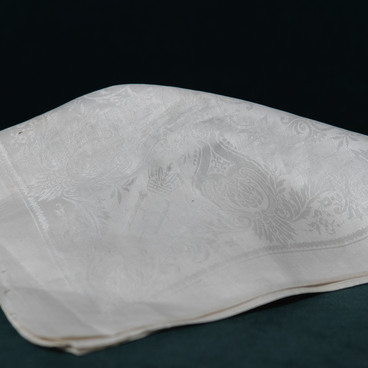The standard, which is stored in the collection of the Tobolsk Historical and Architectural Museum - Reserve, belonged to Crown Prince Alexander Nikolayevich, future Russian Emperor Alexander II. The heir’s personal banner was raised above places where he would stay, including on the ships, on which he travelled.
The standard of Alexander Nikolayevich was sewn from red fabric. The straight white cross on the cloth was the emblem of the ground forces. An oblique X-shaped cross of blue color was often called St. Andrew’s, and was depicted on naval flags. In the central part of the standard, the image of the Russian coat of arms - a double-headed eagle - was sewn or drawn with black paint.
In 1837, under this standard, Crown Prince Alexander Nikolayevich crossed the Irtysh River in the Tobolsk district. At that time he was making a great trip about Russia. Such trip was a traditional part of crown princes education: they got acquainted with the country that they were to rule.
The travel route for the heir to the throne was thought out in advance and published as a separate brochure. Alexander Nikolayevich was accompanied by a small retinue from Tsarskoye Selo. It included Vasily Zhukovsky, a poet, translator and teacher, one of the Crown Prince’s mentors.
The standard of Alexander Nikolayevich was sewn from red fabric. The straight white cross on the cloth was the emblem of the ground forces. An oblique X-shaped cross of blue color was often called St. Andrew’s, and was depicted on naval flags. In the central part of the standard, the image of the Russian coat of arms - a double-headed eagle - was sewn or drawn with black paint.
In 1837, under this standard, Crown Prince Alexander Nikolayevich crossed the Irtysh River in the Tobolsk district. At that time he was making a great trip about Russia. Such trip was a traditional part of crown princes education: they got acquainted with the country that they were to rule.
The travel route for the heir to the throne was thought out in advance and published as a separate brochure. Alexander Nikolayevich was accompanied by a small retinue from Tsarskoye Selo. It included Vasily Zhukovsky, a poet, translator and teacher, one of the Crown Prince’s mentors.



